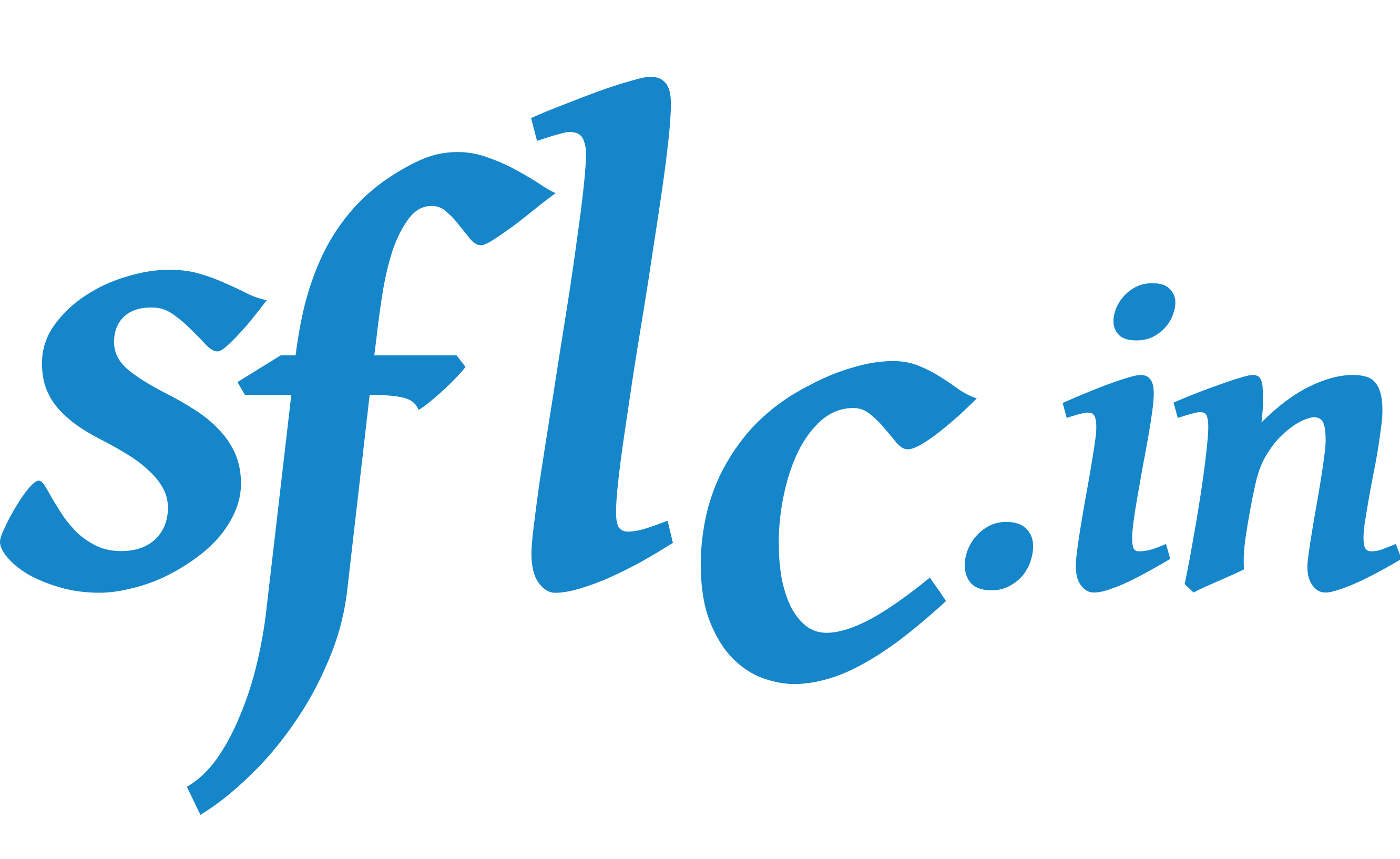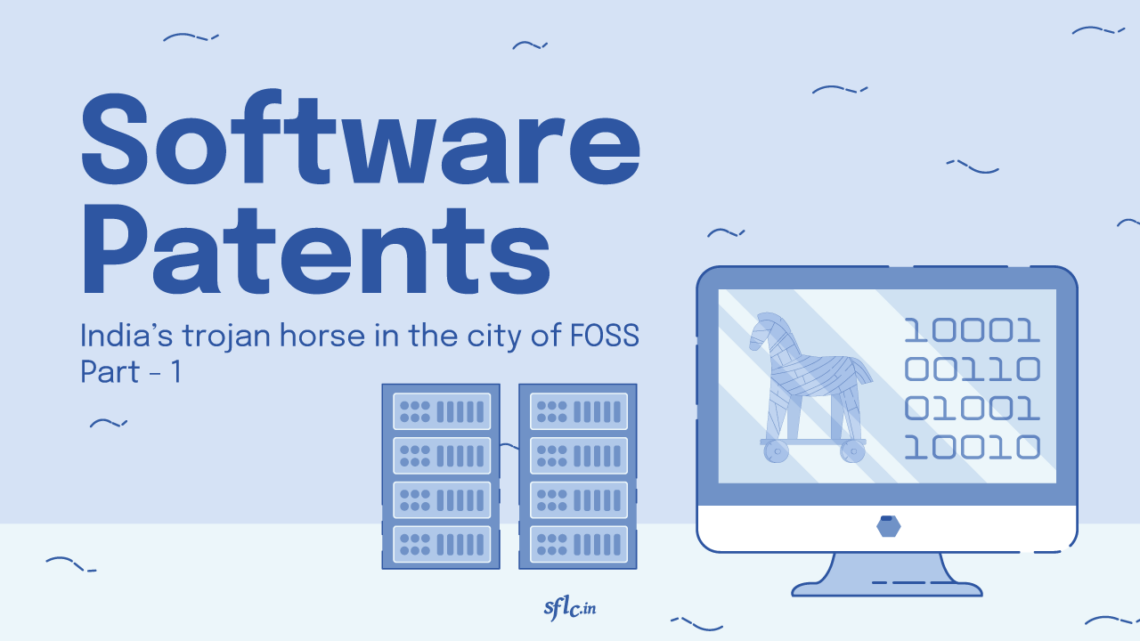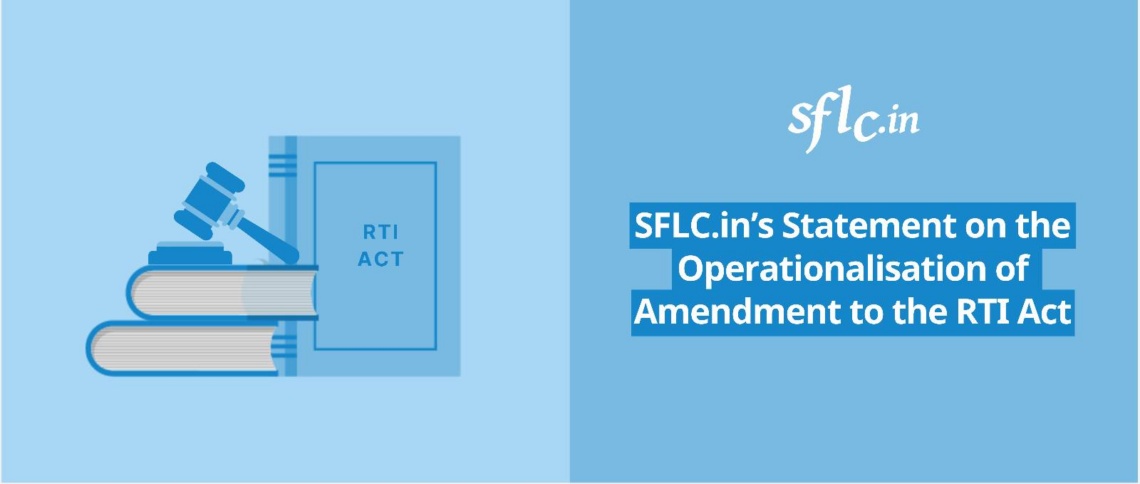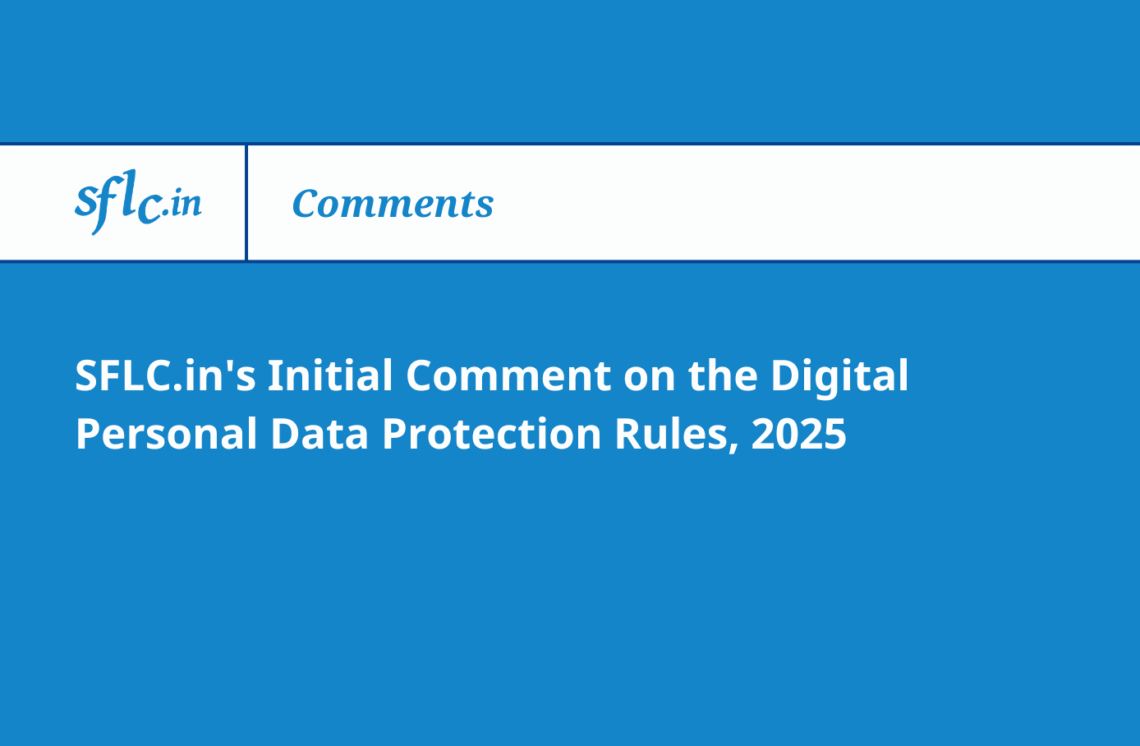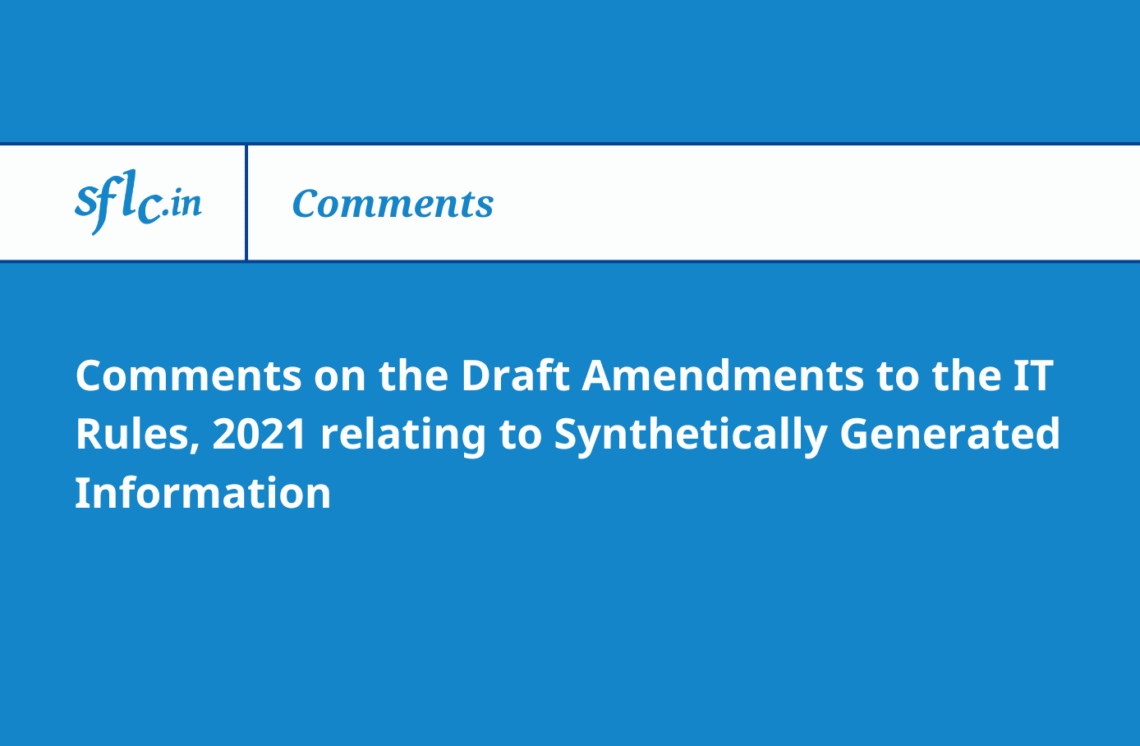This first post is part of an ongoing SFLC.in project comprising an empirical study of the software patents granted annually in a given financial year by the Indian Patent Office from 2014-22, and the trends arising therefrom.
Introduction
Patents are often equated with innovation and a patent is projected as an incentive for an inventor. However, is a patent intended to shut the invention to be off-limits for the public? In fact, the patent is aimed as a tool to ensure disclosure of the invention so that others can build on it or innovate, with the inventor gaining and not losing from such disclosure.
In the context of software patents the question to be asked is that—can the same principles that apply to patents in other fields also apply to patents in the field of software (and algorithms)? Is there an ‘intelligible differentia’ that exists between software and other inventions?
The statutory time span of 20 years given as protection to a patent in general is light-years in terms of handing monopoly to an entity over a software invention. This is because maintaining a monopolistic status over an invention is compounded when it comes to technology, or more specifically, computer related inventions i.e. inventions that are realized using a computer program or algorithm. Information technology changes in a short span of time and a monopoly over this could stifle progress, instead of helping advancement in the field.
Thus, software as well as an algorithm cannot be placed on the same pedestal as other inventions because of the exponential pace at which technology changes, and the sheer ambiguity in defining and ‘capturing’ computer programs and algorithms, let alone evaluating prior art.
This is because unlike an invention in the field of pharmaceuticals such as a novel molecule where the boundary of the invention is objective and straightforward , the boundary of an invnetion in the case of a computer program or algorithm is rather fuzzy. How do you differentiate one program from another? In other words, is software even distinguishable from prior art?
Scholars have, in the past, written about how granting software patents is like “carving up the intellectual domain of computer science and handing little pieces to any company that files an application”. Thus, it’s like breaking the sphere of computer science and allowing the broken shreds to be claimed by the first-come-first-served applicants.
This debate becomes relevant because a patent is what enables a Microsoft to remain a Microsoft; by having monopoly over its algorithms irrespective of whether it was the first mover or not–it effectively beats everyone to the finish line as it gets the patent, which acts like a boost pad, thus, giving it supersonic speed. By the time, others reach the finish line, it’s already way ahead of its competition, and it’s too late since the software and/or algorithm is obsolete by then. So, while a patent may be necessary to protect the hard work of the inventor, it acts as an eliminator of competition. A patent in the field of software, might, thus, be called ‘anticompetitive’ in nature.
This is probably why computer programs and algorithms found themselves excluded from the ambit of patentability in the Indian jurisdiction and others. But a two-worded phrase ‘per se’ has single-handedly acted as the death knell for FOSS in India per se as our research suggests.
The peeve, per se

Fig.1 Using the duct-tape of ‘per se’ to stop the objections from flowing
So where does the problem start? Before we jump into that, let us look at what is a patent. Simply put, it is a statutory right conferred by a government to exclusively use an invention, in exchange for disclosure of the invention.
The TRIPS agreement disallowed member states from discriminating between different fields of technology. However, certain exceptions were carved out such as morality and ‘ordre public’ for member states to implement. Keeping that in mind, section 3(k) was introduced through the Patents (Second Amendment) Act, 2002 to the Patents Act, 1970 to be in line with the TRIPS agreement, which did not in its original text contain any provision either enabling or disallowing computer related inventions.
This section as originally proposed in the Bill stated that computer programs and algorithms were not patentable. However, in the Act that was finally published, this little Latin phrase was harmlessly suffixed to computer programs. Little did we know that this little phrase would end up becoming the arch enemy of FOSS.
According to the final version of the text, only such a computer program was not patentable which existed ‘per se’ i.e. by itself. But this makes no sense because a computer program as the word itself suggests uses a ‘computer’ (i.e. hardware)! Thus, by this seemingly redundant addition, some argue that all computer programs are eligible to get a patent. Hence, starts the topsy turvy story of what we’ll call as ‘India’s soft corner for Software Patents’.
Patent wars
To make muddy waters muddier, as noted by the Government, trade associations like NASSCOM successfully lobbied for further dilution of the provision by asking for this interpretation to be written in law. Thus, completely negating the effect of the originally proposed section. The then Ministry of Commerce and Industry caved in and had The Patents (Amendment) Ordinance, 2004 promulgated which allowed computer programs to be patentable as long as they had hardware involved, and thus technical application to industry. In short, if they had a ‘technical effect’, they would be patentable. However, upon the lapse of the Ordinance, the Parliament reversed this position through The Patents (Amendment) Act, 2005 and stuck to computer programs ‘per se’ in the written text. As stated by the then Minister of Commerce and Industry, the position was reversed to deter the further dilution of the provision which would enable a “monopoly of multinationals”.
The overarching problem over here, as illustrated in the next blog post is that ‘per se’ in principle is letting multinationals and Big Tech get away with playing an unfair game on an uneven field. This hurts smaller entities and starts ups that show promise. The situation is worsening as the position gets even more lopsided every passing year, since there is concentration of patents in the hands of the few. In a phenomenon which could be called as patent oligarchy.
In the software patent market, even if a start-up does invent a product or a process and tries to get a patent subsequently – it is at the risk of concerted litigation by Big Tech companies who have the wherewithal to pursue sustained opposition proceedings (pre-grant and post-grant) as well as revocation proceedings. Then there are patent trolls which are organized entities that get a patent solely for causing inconvenience to future applicants and earning revenue out of it. Furthermore, even if the patentee manages to scrape through bouts of litigation and scare off patent trolls, the patented invention, in all probability, would ultimately end up being sold off to Big Tech that effectively monopolizes the software due to fierce anticompetitive deals that are often lucrative. Thus, the big fish of proprietary software eats the smaller fish of FOSS.
Since open source alternatives can only come after the protective period of 20 years has elapsed, the battle is lost as, by then it is too late. This problem is substantiated by the fact that on an average at least 8 out of every 10 software patents are granted to foreign entities, as our research shows.
